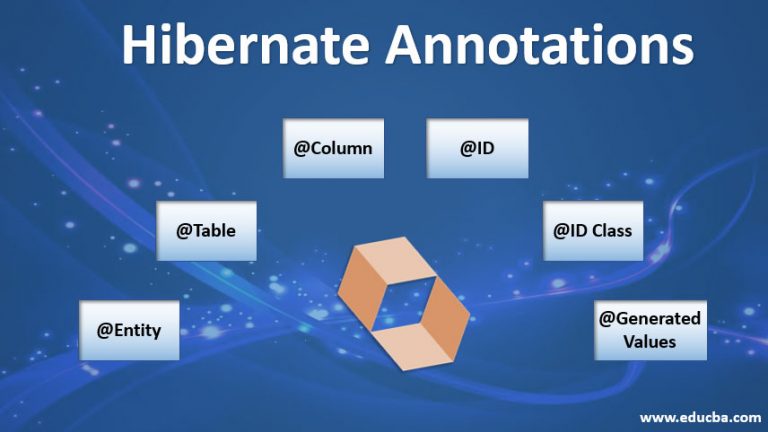


- #CALLBACK INTERFACES IN HIBERNATE TUTORIAL PORTABLE#
- #CALLBACK INTERFACES IN HIBERNATE TUTORIAL CODE#
SessionFactory acts as a factory for instances.
#CALLBACK INTERFACES IN HIBERNATE TUTORIAL CODE#
Let's look at a sample code snippet on implementing a custom MessageConverter: public class SampleMessageConverter implements MessageConverter ", t.getMessage()) The below diagram shows important interfaces and classes of Hibernate framework: SessionFactory () SessionFactory is a thread-safe (and immutable) representation of the mapping of the application domain model to a database. The JDBC API consists of a set of interfaces and classes which enables java programs to execute SQL statements. It provides java API that allows Java programs to access database management systems (relational database). To be used with HibernateTemplates execute method, assumably often as anonymous classes within a method implementation. A typical implementation will call Session. JAR Hibernate Tutorial What is JDBC JDBC refers to the Java Database Connectivity. Moreover, we can create custom message conversion functionality simply by implementing the MessageConverter interface's toMessage() and FromMessage() methods. To be used with HibernateTemplate s execution methods, often as anonymous classes within a method implementation. This class implements the MessageConverter interface.Īpart from SimpleMessageConverter, Spring JMS provides some other MessageConverter classes out of the box, like MappingJackson2MessageConverter, MarshallingMessageConverter, MessagingMessageConverter. The SimpleMessageConverter is able to handle TextMessages, BytesMessages, MapMessages, and ObjectMessages. An entity class may include callback methods for any subset or combination of lifecycle events but no more than one callback method for the same event. For our simple use case, let’s add two new properties to the entity, as we can manage only the “non-relationship state of the entity.The default conversion strategy used by JmsTemplate for both ConvertAndSend() and ReceiveAndConvert() operations is the SimpleMessageConverter class. What are the core interfaces of Hibernate framework - Session Interface, SessionFactory interface, Configuration Interface, Transaction Interface, Query and Criteria interface. Servlet is a technology which is used to create a web application. What is a Servlet Servlet can be described in many ways, depending on the context. In the absence of an auditing framework, we must maintain the database schema and domain model manually. There are many interfaces and classes in the Servlet API such as Servlet, GenericServlet, HttpServlet, ServletRequest, ServletResponse, etc. A lifecycle callback method may modify the non-relationship state of the entity on which it is invoked.
#CALLBACK INTERFACES IN HIBERNATE TUTORIAL PORTABLE#
In general, the lifecycle method of a portable application should not invoke EntityManager or Query operations, access other entity instances, or modify relationships within the same persistence context. Maven Dependency In order to use Spring JMS in our application, we'll need to add the necessary artifacts in the pom. In this tutorial, we'll introduce the basic concepts of such integration. If Hibernate is configured to use a JTA-aware DataSource. Overview Spring provides a JMS Integration framework that simplifies the use of the JMS API.

As stated in JPA 2 specification (JSR 317): To be used with HibernateTemplates execution methods, often as anonymous classes within a method implementation. There's a significant restriction with this approach though.


 0 kommentar(er)
0 kommentar(er)
